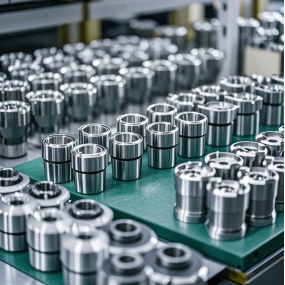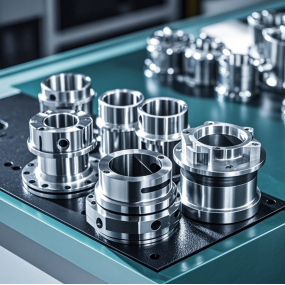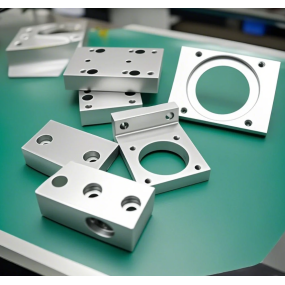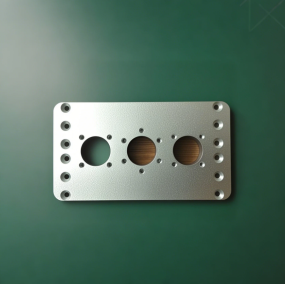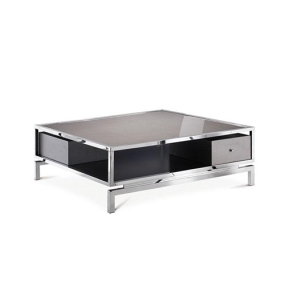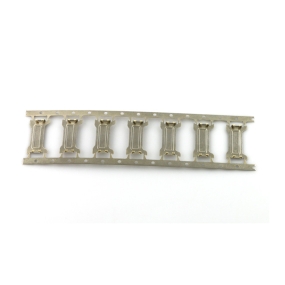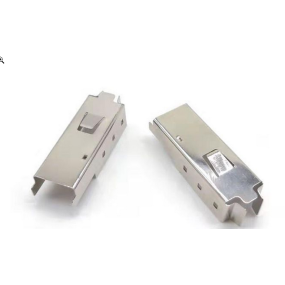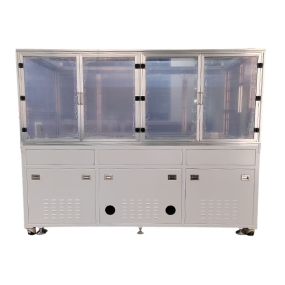The quality of the stamping die is the most basic requirement for the qualification of the stamping product, and in the process of stamping processing, the stamping die is a continuous wear and tear process. The wear and tear of the die directly affects the normal production of the stamping part, so it has become a necessary ability for a stamping part manufacturer to master the maintenance of the die. The maintenance of the stamping die is generally carried out in the following aspects:
1. General problem maintenance of stamping dies: routinely check the structural damage of the stamping die, continuously follow up on the presented mold problems; check the mechanical structure of the die, and check whether the positioning pin, side pin, ejection and withdrawal device, spring, etc. can operate normally. Check the connection part of the mold and the punch to ensure that the connection function is normal; record the size of the mold, pressing, various balance blocks and their gasket heights, and compare the size of the drawings to correct the local changes in size; Stamping parts manufacturers need to check the moving guide parts such as the upper and lower molds, pressing rings, and pressing plates of the mold to ensure that the guide gap is reasonable and there is no severe wear; check the appearance of the return spring or polyurethane to ensure its normal operation; check the appearance of the mold, correct and improve the unreasonable or defective logo text and signs; check whether the positioning parts such as pins are working normally, check whether the tightening screws are working normally, and tighten with a reasonable torque. 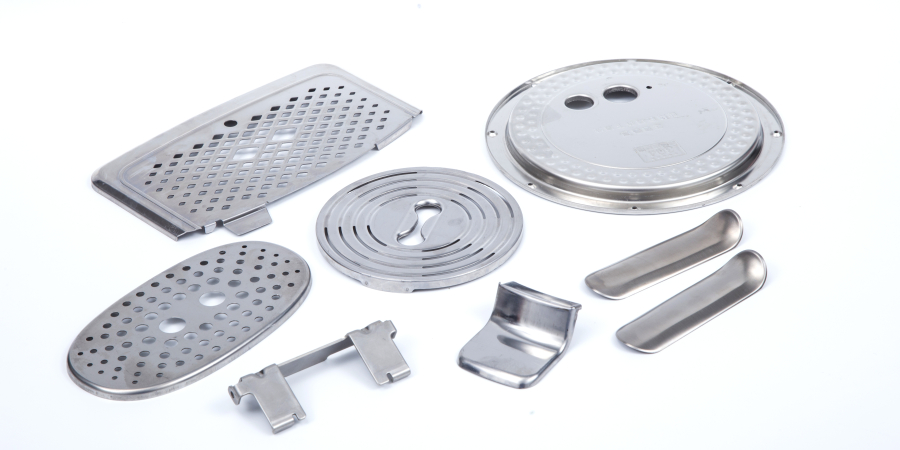
2. Maintenance of trimming and punching dies: cross-sectional inspection and analysis of workpieces and scraps, inspection and correction of trimming and punching gaps; inspection and correction of the edge and edge angle of inserts, punches and dies; inspection and correction of the depth of the cutter and punch. Check and optimize the length of the waste cutter; check whether there is any abnormal waste in the mold, check the integrity of the waste slide, so that the waste can be discharged from the outside of the mold reasonably and smoothly.
3. Detection of the return spring: check whether the mold spring and other organizations are working normally to ensure the safe and correct return of the mold; whether the smoothness is normal.
4. Check the parts of the stamping die: check the list of standard parts of the die to ensure that there are enough parts in the warehouse; check the vulnerable non-standard parts of the die to see if it can work normally.
As long as the daily inspection work of the stamping die is well handled, the breakage rate of the die can be reduced to the maximum extent, and the problems presented by the die can be dealt with as soon as possible, so as not to affect the normal stamping production of the stamping parts manufacturer.
This article is from EMAR Mold Co., Ltd. For more EMAR related information, please click: www.sjt-ic.com!


 Spanish
Spanish Arabic
Arabic French
French Portuguese
Portuguese Belarusian
Belarusian Japanese
Japanese Russian
Russian Malay
Malay Icelandic
Icelandic Bulgarian
Bulgarian Azerbaijani
Azerbaijani Estonian
Estonian Irish
Irish Polish
Polish Persian
Persian Boolean
Boolean Danish
Danish German
German Filipino
Filipino Finnish
Finnish Korean
Korean Dutch
Dutch Galician
Galician Catalan
Catalan Czech
Czech Croatian
Croatian Latin
Latin Latvian
Latvian Romanian
Romanian Maltese
Maltese Macedonian
Macedonian Norwegian
Norwegian Swedish
Swedish Serbian
Serbian Slovak
Slovak Slovenian
Slovenian Swahili
Swahili Thai
Thai Turkish
Turkish Welsh
Welsh Urdu
Urdu Ukrainian
Ukrainian Greek
Greek Hungarian
Hungarian Italian
Italian Yiddish
Yiddish Indonesian
Indonesian Vietnamese
Vietnamese Haitian Creole
Haitian Creole Spanish Basque
Spanish Basque

